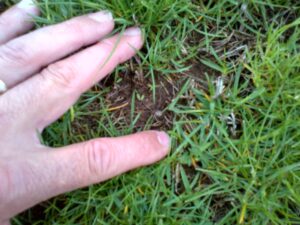By Jim Murphy
Several weeks ago the cool wet weather brought on some red thread disease activity that has increased over the past 4 to 5 days. Turfs under low maintenance, particularly low nitrogen fertility, have been the areas with the greatest amount of red thread. This disease has been active on on slender and strong creeping red fescues, Chewings fescue, velvet bentgrass, perennial ryegrass, and tall fescue this spring. [Read more…]


